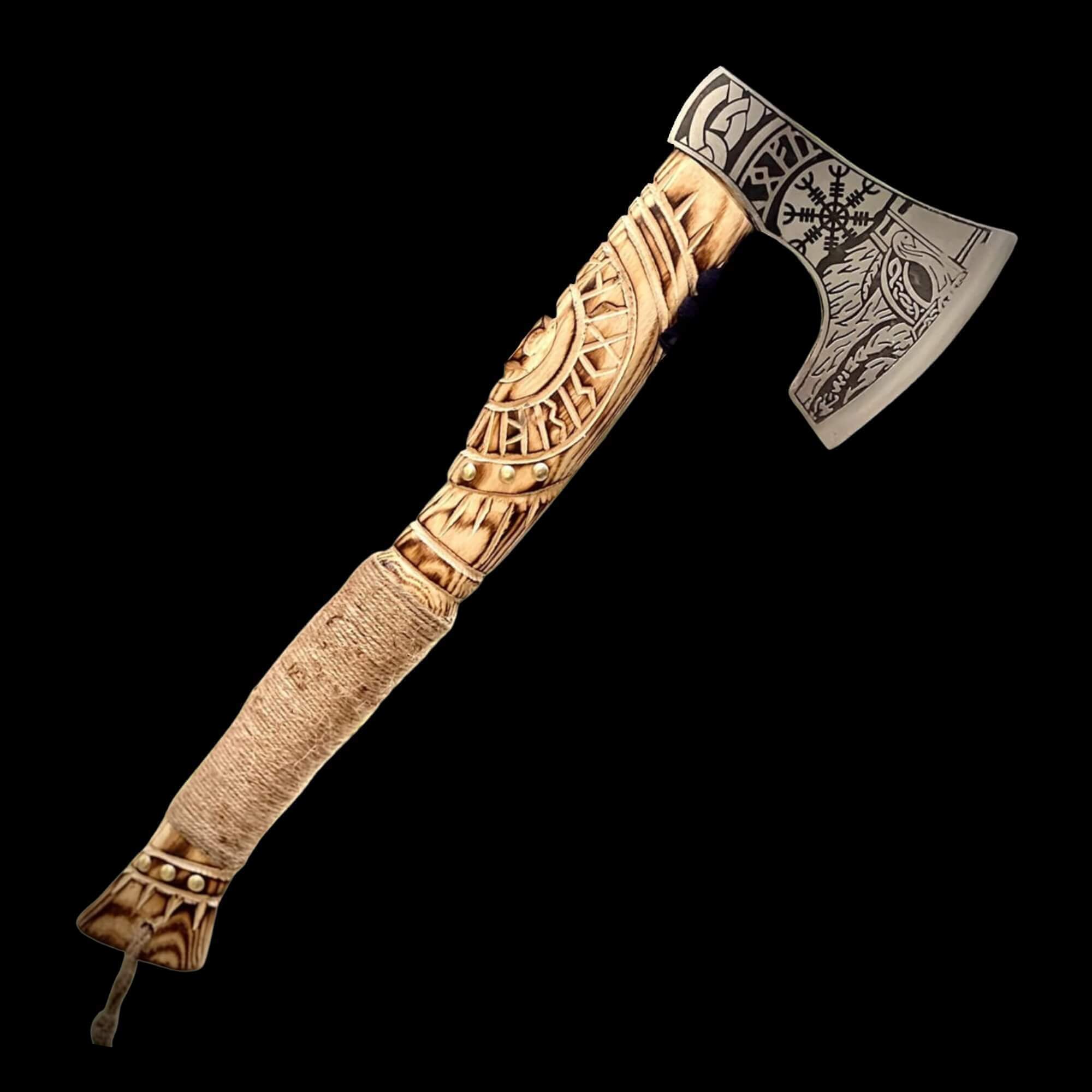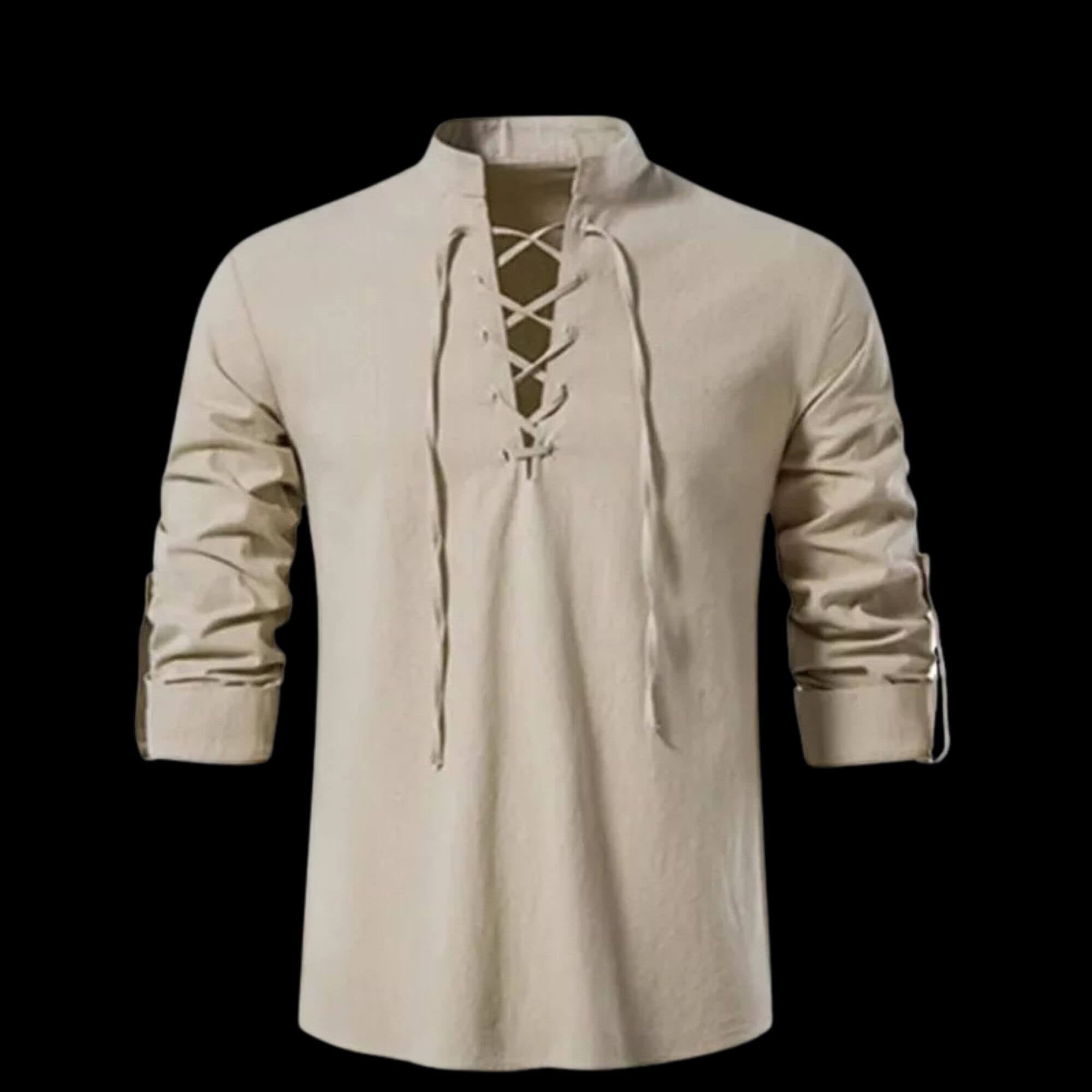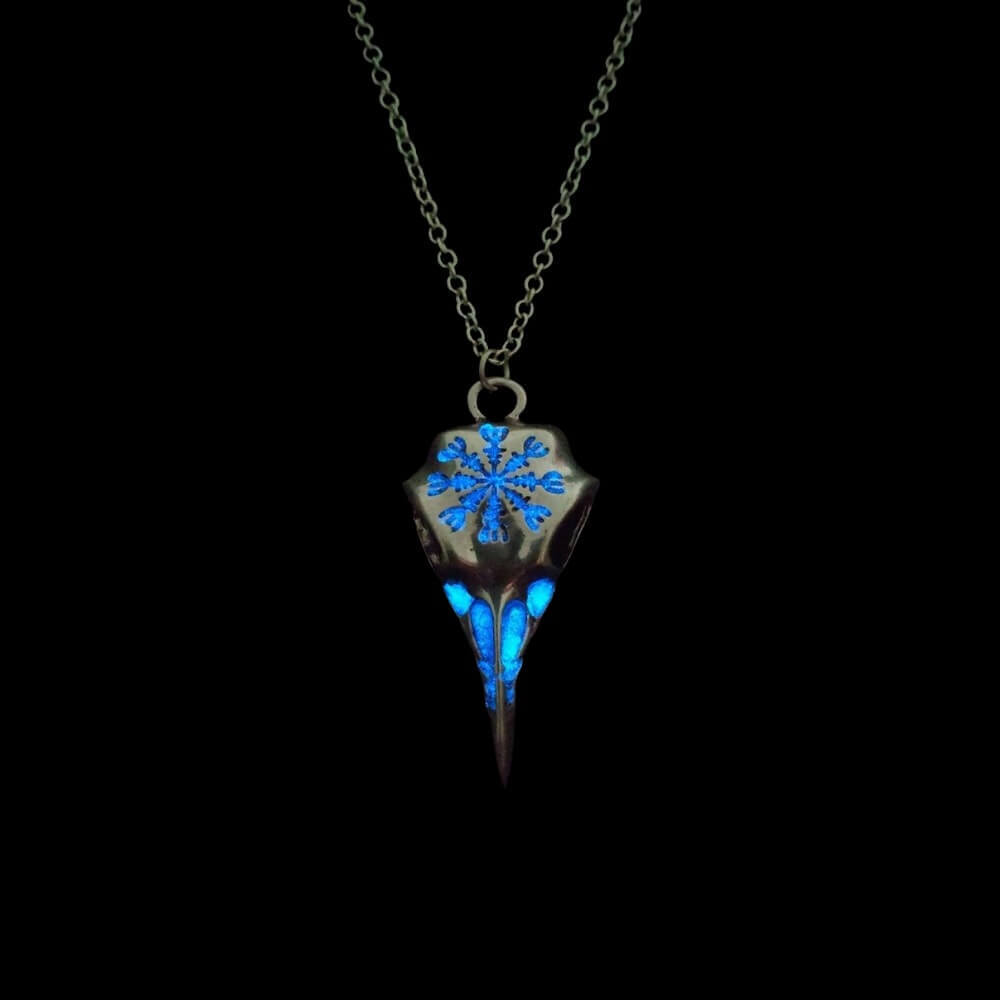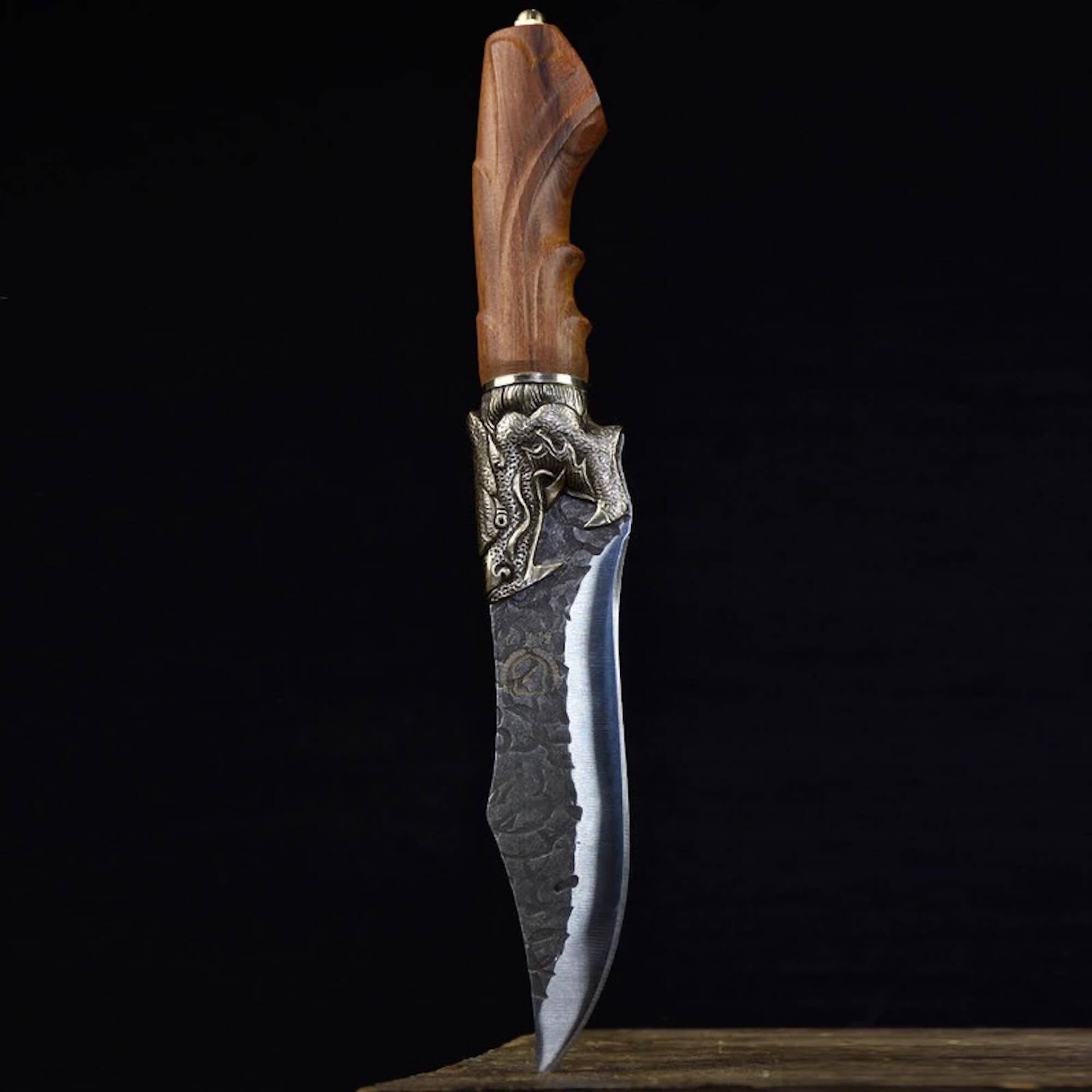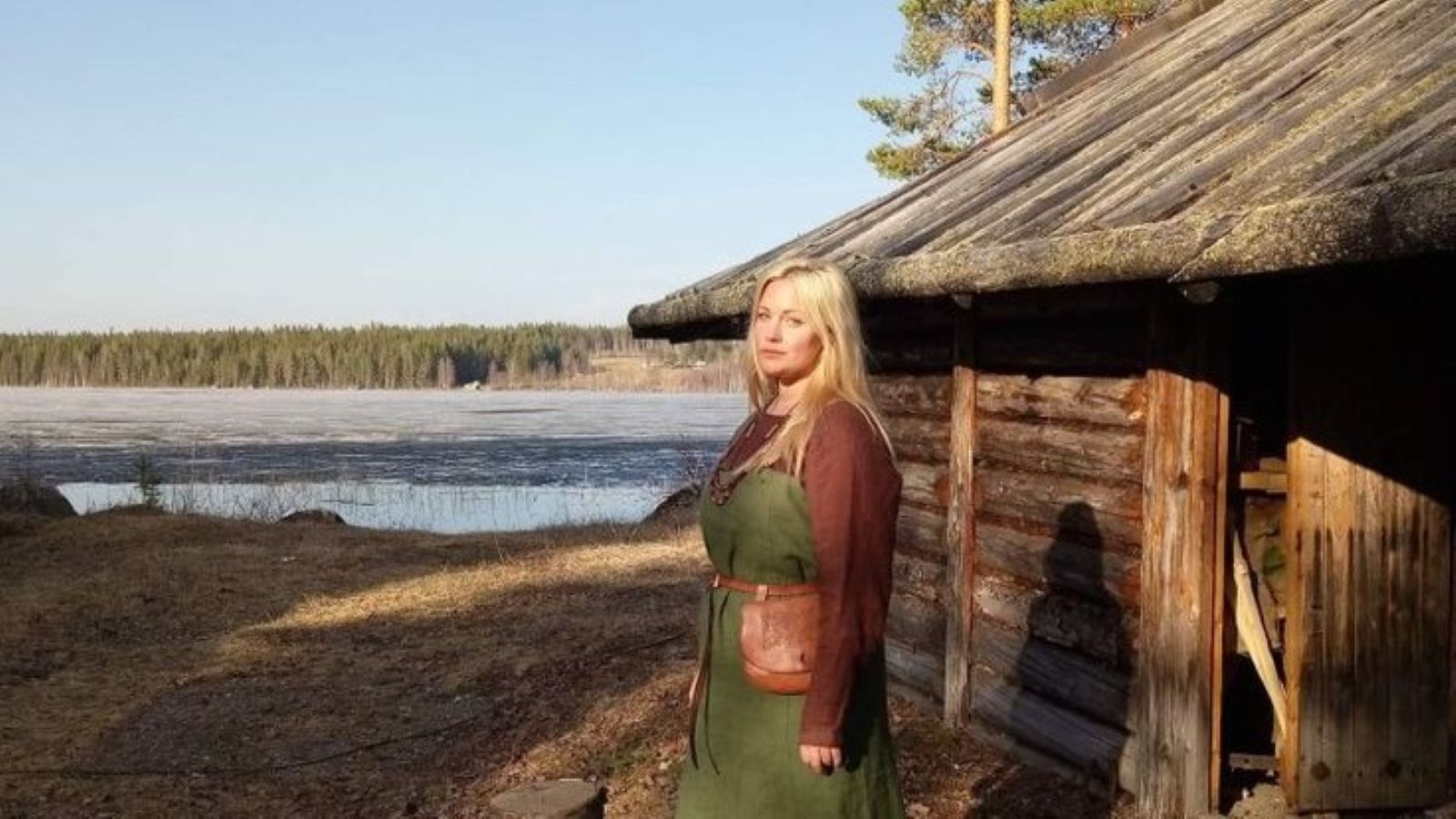
Viking Women: Beyond the Battlefield
When we think of Vikings, images of fearless warriors aboard longships often come to mind. However, behind every successful raid and thriving settlement were the women who sustained, guided, and shaped the fabric of Norse life. These remarkable individuals were far more than passive observers—they were active contributors whose influence extended across households, communities, and even spiritual realms. Let’s delve into the multifaceted lives of Viking women and uncover how they defied stereotypes, broke barriers, and left an indelible mark on history.
The Shieldmaidens: Warriors with a Legacy of Courage
While Viking men are celebrated for their martial prowess, the tales of shieldmaidens remind us that valor was not confined to gender. These legendary female warriors took up arms alongside their male counterparts, challenging societal expectations and proving themselves equal in skill and bravery.
Names like Lagertha , immortalized in sagas, evoke images of fierce women who fought with unmatched ferocity. Historical accounts and archaeological findings—such as the Birka grave discovered in Sweden—suggest that some Viking women indeed participated in combat. Yet, their significance went beyond wielding swords; shieldmaidens symbolized defiance against convention, embodying the spirit of independence and self-determination that resonated deeply within Norse culture.
However, the role of these warrior women wasn’t limited to battlefields. They also served as leaders, strategists, and protectors of their communities during times of crisis. Their courage inspired future generations and challenged traditional notions of femininity, reminding us that strength manifests in many forms.
Keepers of the Hearth: Masters of Domestic and Economic Domains
In Viking society, the home was the heart of daily life, and women were its undisputed masters. As keepers of the hearth , they managed domestic affairs with precision and care, ensuring the smooth functioning of households. Tasks such as cooking, cleaning, and textile production were vital to survival, requiring immense skill and dedication.
But Viking women didn’t stop at running households—they actively engaged in trade and commerce, wielding significant economic power. Many operated farms, oversaw livestock, and even traveled abroad to participate in bustling markets. Archaeological evidence reveals that women owned land, controlled wealth, and negotiated business deals, underscoring their pivotal role in sustaining family economies.
Their resourcefulness extended to crafting intricate textiles, jewelry, and tools, which not only met practical needs but also held cultural and symbolic value. These creations showcased their artistry and innovation, further solidifying their status as indispensable pillars of Norse society.
Women of Wisdom: Spiritual Leaders and Visionaries
Beyond the physical realm, Viking women occupied sacred spaces as volvas (priestesses) and seers. Revered for their connection to the divine, these spiritual leaders performed rituals, interpreted omens, and offered counsel to both common folk and chieftains.
Volvas were believed to possess the ability to communicate with gods, spirits, and ancestors, guiding decisions related to harvests, voyages, and alliances. Their prophecies carried immense weight, shaping the course of individual lives and entire communities.
This reverence for women’s spiritual insight highlights the deep respect accorded to intellect and intuition in Viking culture. By bridging the earthly and supernatural realms, these wise women reinforced the idea that true leadership encompasses both practicality and mysticism.
Healers, Farmers, Artists, and More: A Tapestry of Roles
The diversity of Viking women’s roles reflects the richness and complexity of Norse society. From tending fields to creating masterpieces, their contributions spanned nearly every aspect of life:
- Healers and Midwives : Armed with knowledge of medicinal herbs and remedies, women cared for the sick and facilitated childbirth, ensuring the continuity of life.
- Artisans : Skilled craftswomen wove textiles adorned with intricate patterns and forged jewelry imbued with symbolic meaning, preserving cultural heritage through their work.
- Farmers and Traders : Managing agriculture and engaging in commerce, women ensured the prosperity of their families and communities.
Each role played by Viking women underscores their adaptability, resilience, and ingenuity. Whether nurturing families, managing estates, or navigating spiritual mysteries, they demonstrated extraordinary versatility and strength.
Challenging Stereotypes: Redefining Strength and Legacy
The story of Viking women challenges modern perceptions of gender roles in historical contexts. Far from being relegated to the sidelines, these women were integral to every facet of Norse society. Their legacy transcends simplistic narratives of conquest and warfare, offering a more nuanced understanding of what it meant to be a Viking.
By embracing their diverse talents and responsibilities, Viking women exemplified the true essence of resilience. They remind us that strength isn’t solely defined by physical might—it encompasses intelligence, creativity, and the capacity to nurture and lead.
Viking women stand as shining examples of determination, adaptability, and empowerment. Through their actions, they shaped the course of history, leaving behind a legacy that continues to inspire today.

